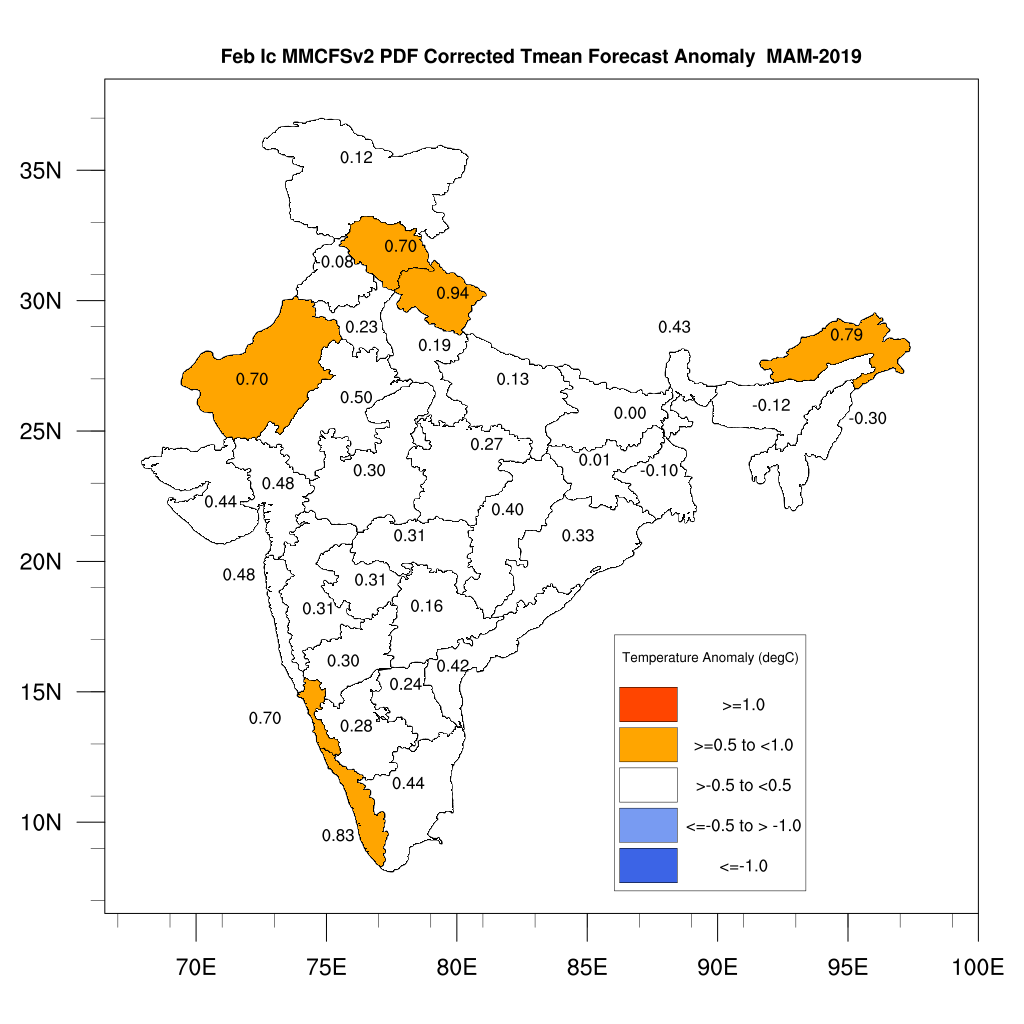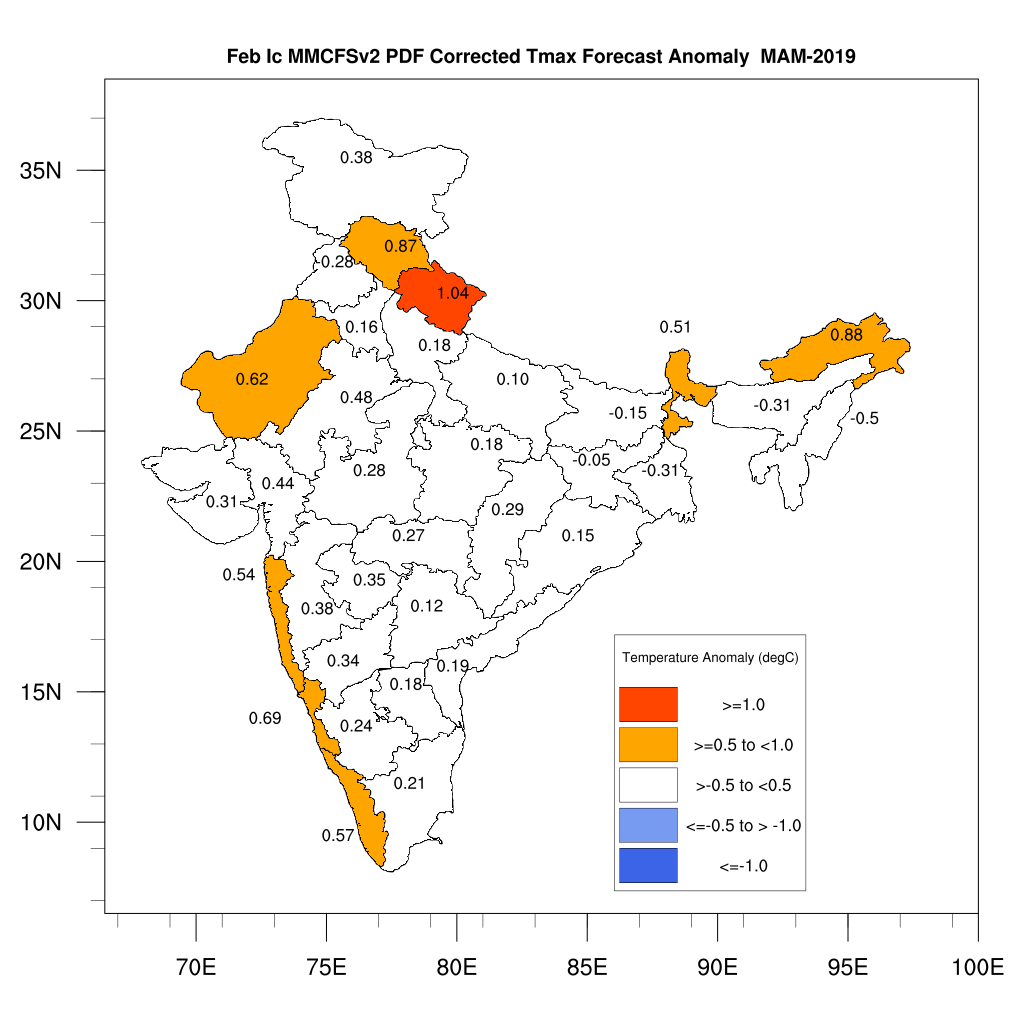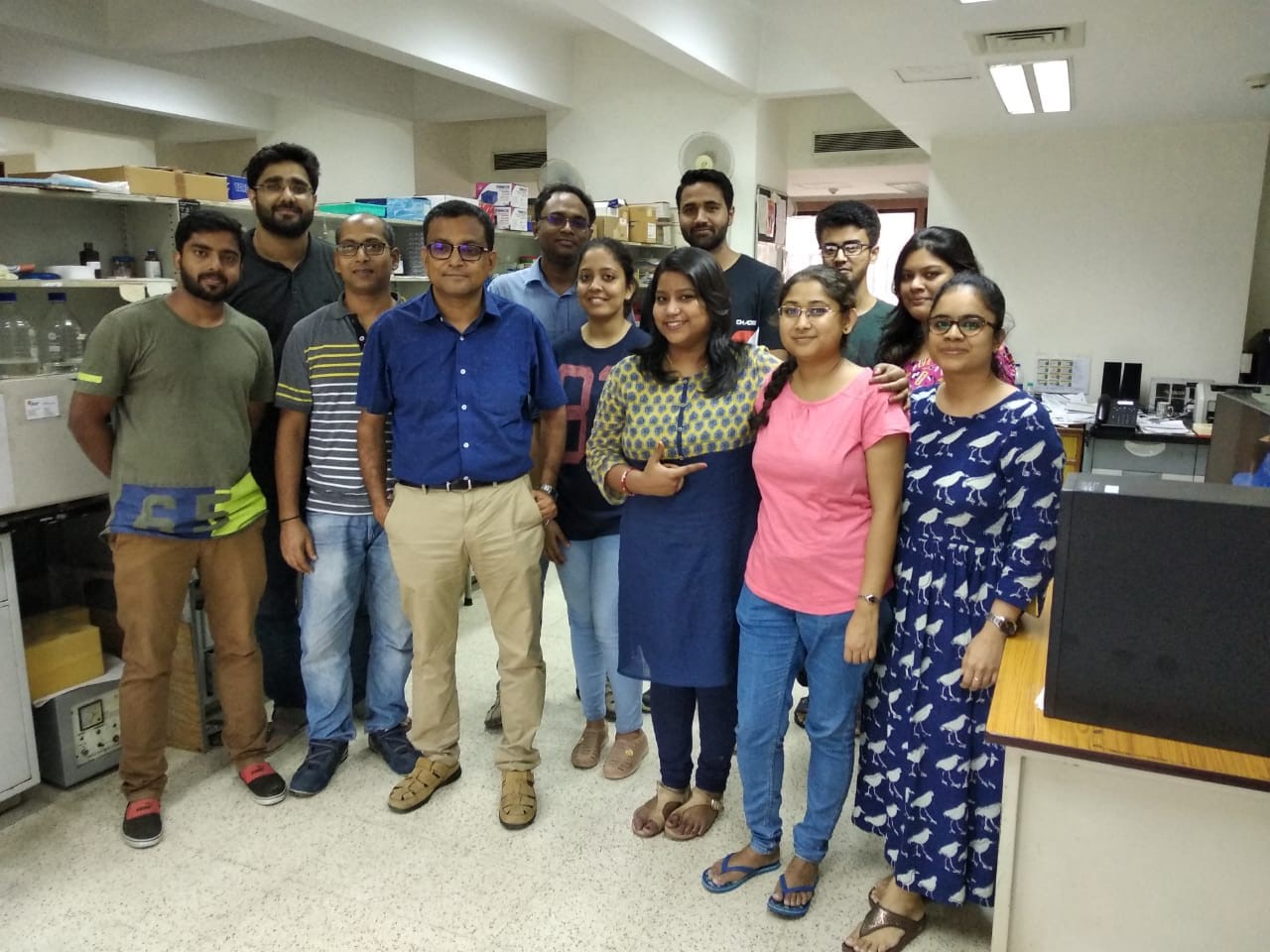
IMD Forecasts Above Normal March to May Temperatures
- News
- 2.5K
The India Meteorological Department has forecast that the March to May season averaged temperatures are likely to be above normal over the southern part of the west coast and some areas in north-west and north-east India.

In its first report on the seasonal outlook for temperatures during the hot season (for the period from March to May) released here today, the country’s apex weather agency said Uttarakhand could be the worst off.
In the Himalayan state, while the season averaged mean and the minimum temperatures are likely to be 0.5 degree Celsius to one degree Celsius above normal, the season averaged maximum temperature is likely to be worse, at more than one degree Celsius above normal.

Uttarakhand could be followed by Himachal Pradesh, West Rajasthan, coastal Karnataka, Kerala and Arunachal Pradesh. Here, the situation could be better than the hilly State but not as good as compared to the rest of the country. In these States, all the three parameters – season averaged mean, maximum and minimum temperatures are likely to be 0.5 degree Celsius to one degree Celsius above normal.
It could be a mixed bag in Konkan and Goa. In this region on the west coast, the season averaged maximum temperatures are likely to be 0.5 degree Celsius to one degree Celsius above normal. However, the season averaged mean and minimum temperatures would be near normal.
The situation could be reversed in Saurashtra, Tamil and coastal Andhra Pradesh. In these areas, the season averaged minimum temperatures are likely to be 0.5 degree Celsius to one degree Celsius above normal, while season averaged mean and maximum temperatures are likely to be near normal.
The report on the seasonal outlook has also noted that this year there may not be much change in the number of heat wave spells in the core heat wave zone, which covers Punjab, Delhi, Haryana, Uttar Pradesh, Madhya Pradesh, Gujarat, Chattisgarh, Bihar, Jharkhand, West Bengal, Odisha and Telangana, besides Uttarakhand, Himachal Pradesh, and Rajasthan.
Additional Director General of IMD and Head of Services, Dr. M.Mahapatra, said the meteorological sub-divisions in the region witnessed an average of about five heat wave episodes during the three months. A similar number of episodes is likely this year also. IMD declares heat wave conditions whenever the temperatures go five degrees above normal or whenever the temperatures cross 42 degrees Celsius irrespective of the departure from the mean.
Speaking to India Science Wire, IMD Director-General, K.J.Ramesh, said an updated outlook will be issued next month for the period from April to June. IMD has been issuing seasonal forecast outlook for sub-division scale temperatures over the country for both hot and cold weather seasons since 2016. (India Science Wire)
By Sunderarajan Padmanabhan
If you liked this article, then please subscribe to our YouTube Channel for the latest Science & Tech news. You can also find us on Twitter & Facebook.


